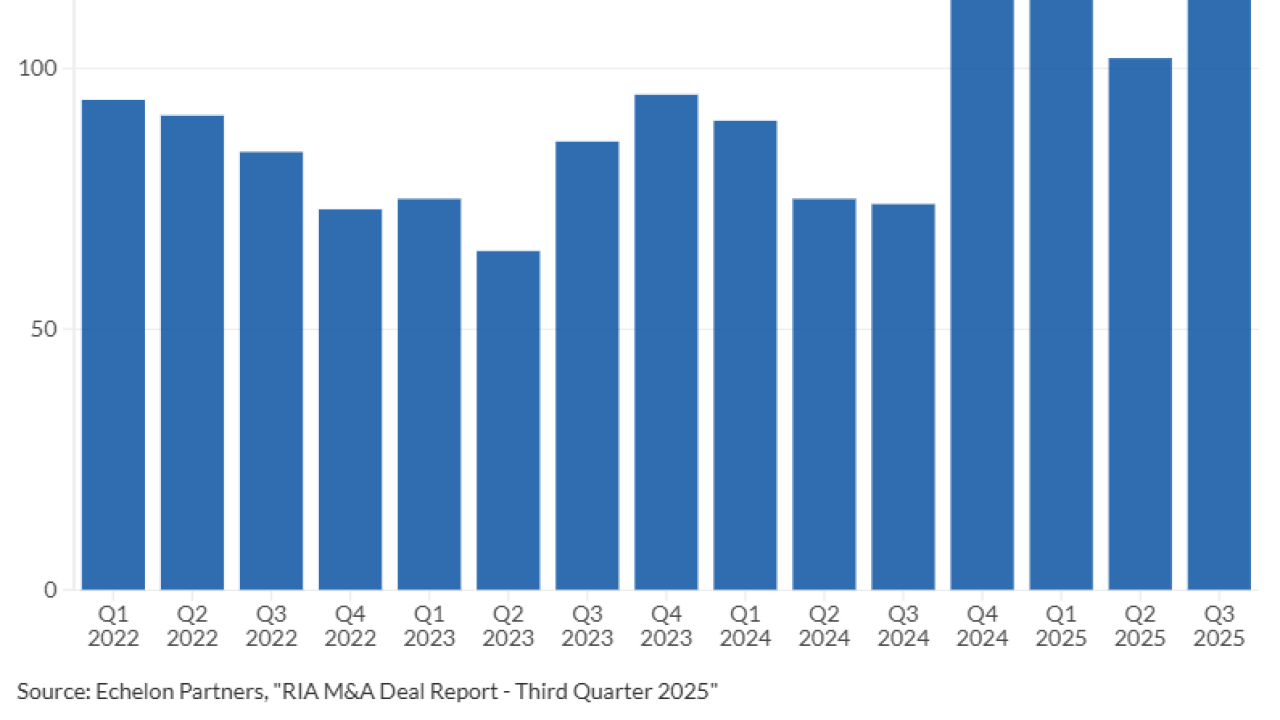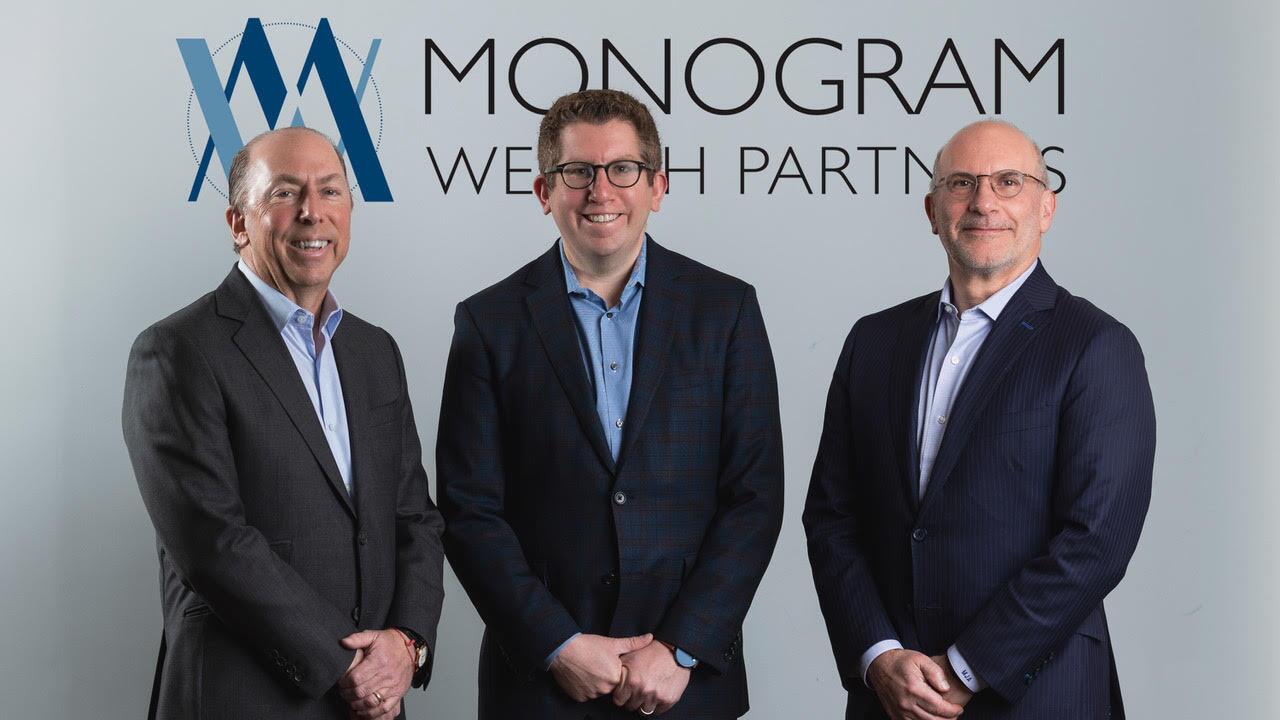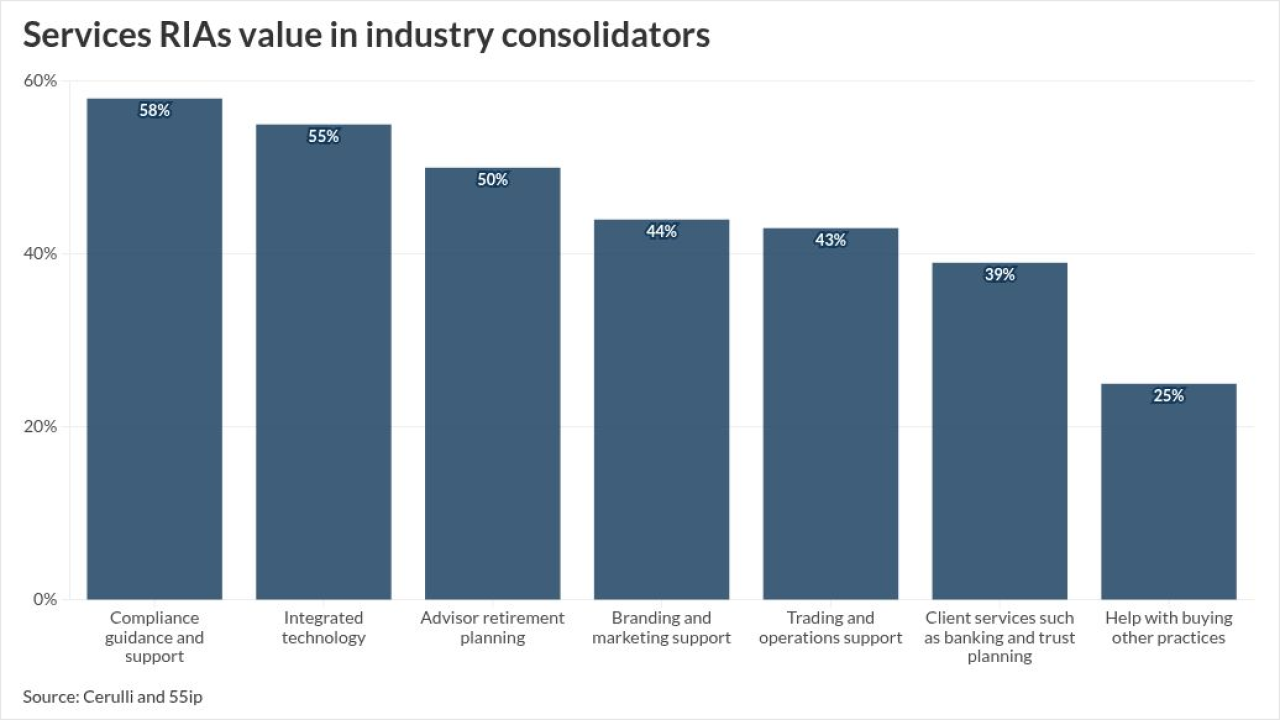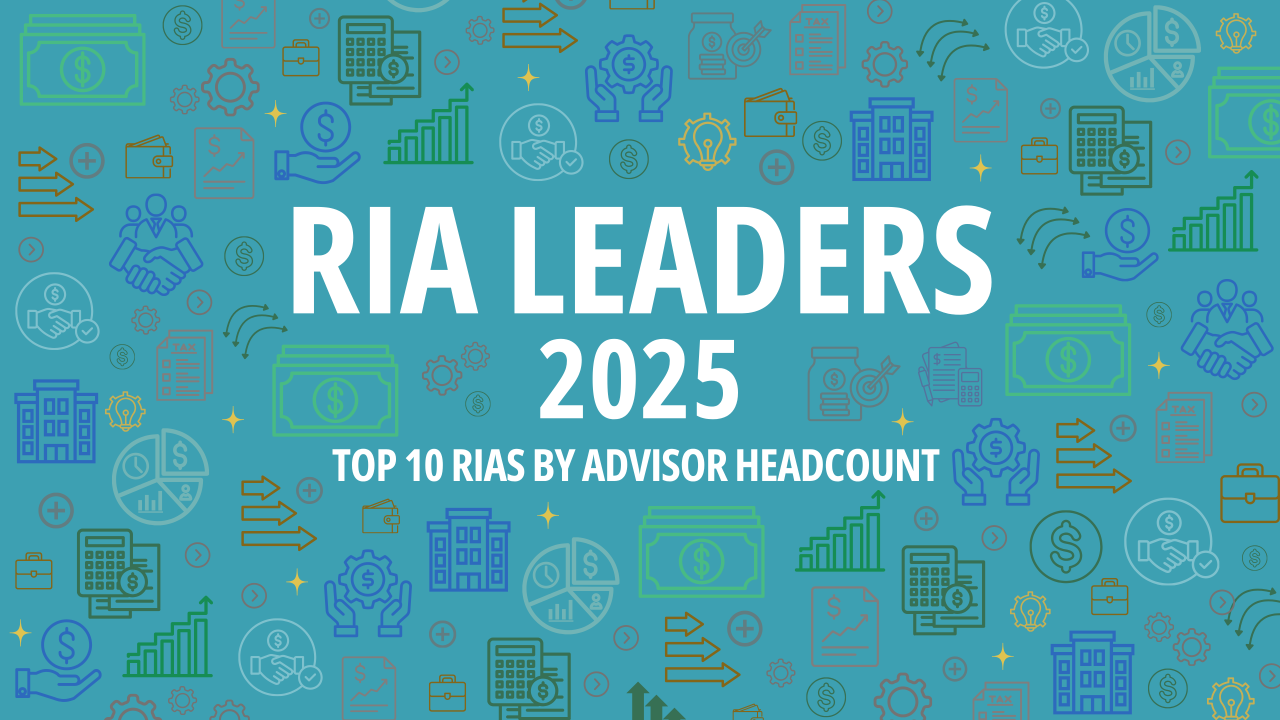In September 2007 I made the career shift from airline pilot to financial planner. The transition was driven by the widespread lack of retirement literacy I saw among my pilot buddies and by a lifelong fascination with the financial markets nurtured in me by my father, a CFO, from a young age.

I made the transition at the peak of the financial markets. At the time, I believed that
That view didn't last long.
In December 2007
Retirement isn't about numbers to clients, it's about life transitions. The chief role of a retirement planner is to guide clients through a series of decisions over time — with all the complexity, uncertainty, and emotion that comes with those decisions.
READ MORE:
No one magic number
"How much can I safely take out each year?" This is the question that keeps many retirees awake at night. Last year, a 65-year-old client who was about to retire came to me asking exactly this, worried about "
Rather than assigning him a static withdrawal rate, we implemented a dynamic series of spending adjustments based on portfolio performance. When his portfolio performed well, he would increase discretionary spending. When markets struggled, he would reduce nonessential expenses.
READ MORE:
In our discussion, we identified which expenses — housing, health care and basic groceries — were truly essential versus discretionary outlays like travel, dining out and gifts. The result? He has confidence in both good times and bad because the process adapts to market conditions rather than fighting them. Notice what didn't come up in solving the problem: a single product. Just process.
Bucket lists
"Which account should I tap first?" A 62-year-old client — an executive in the tech industry — recently asked this question while considering early retirement. She had money in her
Her near-term bucket (years 1-5) draws from taxable accounts and lower risk investments first, allowing tax-deferred accounts to continue growing. Her intermediate bucket (years 6-15) incorporates
The behavioral benefits of bucketing became clear during this
Here again, the underlying products to make this happen are tools, but not the process itself.
Authentic intelligence
Market downturns are exactly when sales pitches for "protected products" like buffered notes or
The real validation of process over product comes during market stress. Is it a one-time magic pill? No. When market volatility hit this spring, multiple clients called with concerns about their portfolios. I still had to remind them of the structure we had built and why.
Retirement income planning is about helping people make the most of the one life they get, using the money they've spent decades saving. In a world where artificial intelligence can generate plans and spreadsheets, the ability to apply knowledge with wisdom and judgment is what separates an advisor from a calculator.
When the goal is maximizing well-being in retirement, your focus has to be on the process. Not just the dollars, but the decisions; not just the outcomes, but the tradeoffs; not just the plan, but how it adapts over time.
Good retirement planning isn't built on a product. It's built on a process: one conversation, one decision and one relationship at a time.





